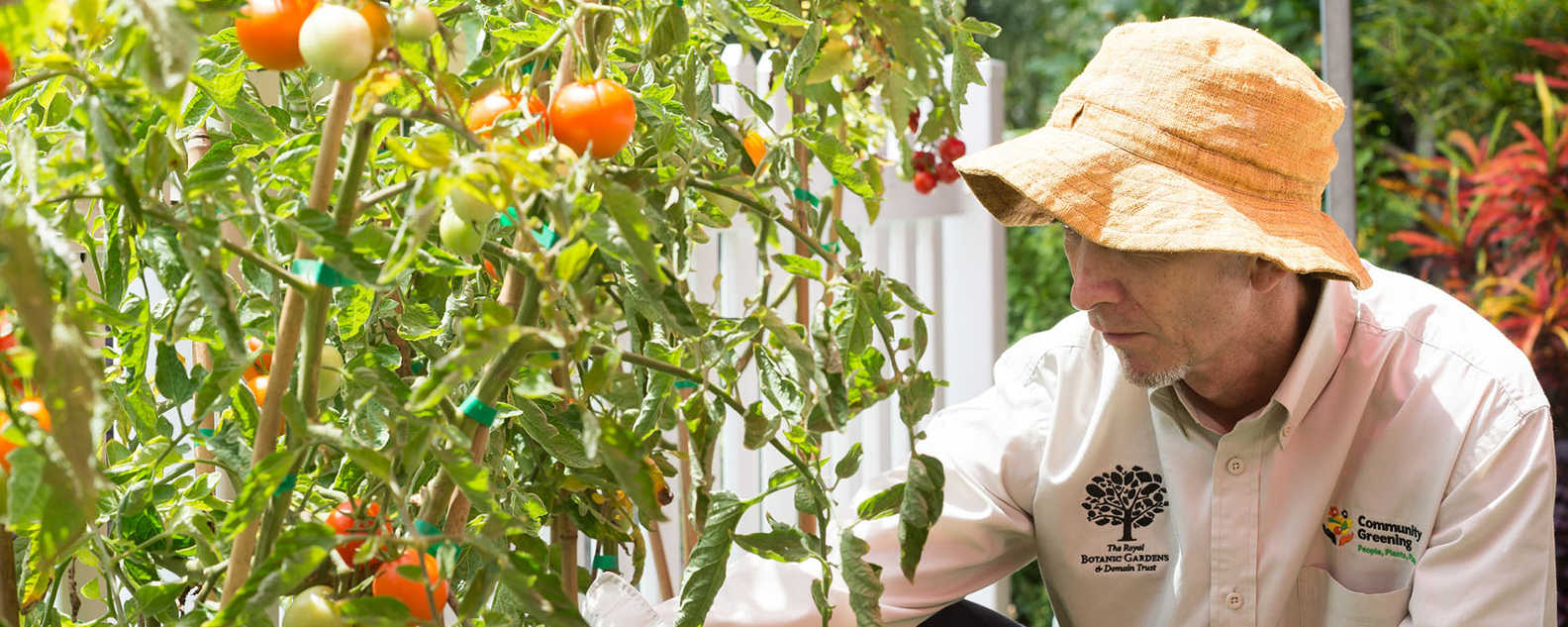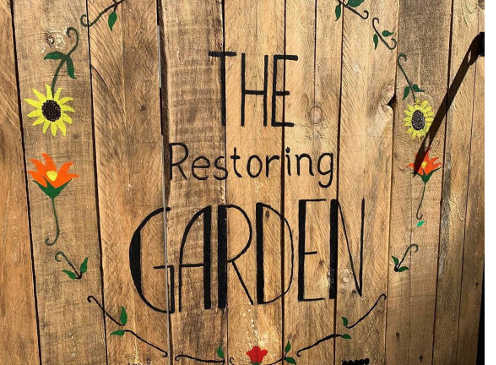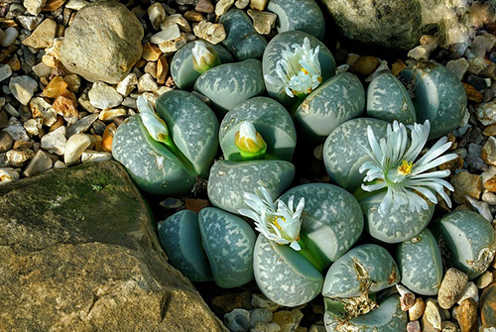What to plant in summer
With temperatures slowly rising and the deafening sounds of cicadas filling the air, this can mean just one thing – it’s summer in Australia.

Summer brings longer days and the opportunity to spend more time pottering in the garden.
For many gardeners, your warm-season plants were planted after the last frosts, usually early spring. But fear not ‘late-comers’, with temperatures staying warm in many areas right through to April, it’s not too late to plant many of those summer favourites.
Let’s spend a bit of time thinking about what you will grow this summer because when you get to the nursery or start reading that seed catalogue, there’s every chance you’re going to purchase things you don’t really want.

Are you thinking about trying something a little different this summer? Do you want to make the most of a small space? Or, are you looking for those old family favourites you remember eating as a kid? Make sure you plant what you’re going to eat, and then experiment and expand.
Purchasing seed is an economical way of growing veggies, and there is much more variety available. However, they do require a lot of attention, especially when starting them in punnets. You should still have enough time be able to grow many of your vegetables from seed, but if you don’t get a move on, you might need to consider planting seedlings which cost more and have limited varieties available.

Don’t forget to label your punnets and include the date.
At the flick of a switch, you can get access to many ‘What to Sow When’ guides. A word of advice, firstly, make sure it’s for the southern hemisphere and secondly make sure it’s for your climate.
Now you’re ready to make your purchases, think about selecting high yielding varieties that will maximise your return. Here are a few of my summer favourites you might like to consider.
Tomato –Tigerella
Tigerella is a high yielding variety of heirloom tomato. It produces medium-sized, juicy, red-fleshed fruit with a red and yellow stripe and tender skin. Grows in full sun to 150cm so needs staking. This variety has great flavour and good disease resistance.
Top tip: Tomato plants have what is known as adventitious roots, meaning they can be planted deeply in the soil and new roots will form along the stem. Plant them deeply, for a better-developed root system that will help stabilise the plant and be better able to uptake nutrients from the surrounding soil.
Capsicum – California Wonder
It was bred in 1928 and is the largest open-pollinated heirloom capsicum available. This thick-walled fruit can be enjoyed ripe when red for extra sweetness or if you’re like me and can’t wait, picked green. Because the plant grows to 80cm high and 60cm wide, it may need staking. Position in full sun and provide seasonal watering as necessary.
Cucumber – Lebanese Mini Muncher
Lebanese mini muncher cucumber is a smaller growing variety. It is a delicious prolific Lebanese-type variety which can be eaten skin and all. Enrich the soil with compost and a generous layer of mulch to help retain moisture. Grow up a trellis in a sunny spot and avoid overhead watering to minimise fungal problems. Regular picking encourages new flowers and fruit.

Cucumbers produce separate male and female flowers. Bees transfer pollen from one to the other.
Pumpkin – Golden Nugget
Golden Nugget is a prolific, long-keeping variety of pumpkin with medium-sized, orange fruits that are sweet and finely textured. This popular variety is perfect for smaller garden areas. Keep plants well-watered and prepare the soil well by adding compost. Harvest when vine dies off and the fruit stalks are dry.
Top tip: when storing pumpkins, always leave a length of the stalk attached. Cure the pumpkins in the sun for a week before storing in a cool, dry place. Your pumpkins should store for up to six months. Check and rotate the pumpkins regularly to help reduce decay.
Lettuce – Forellenschluss
I have to say, this is probably my favourite tasting lettuce and can be found in my garden all year round. I always allow a couple of plants to set seed and freely grow within my veggie patch; some seed even ends up growing in the lawn. Forellenschluss translates loosely to 'speckled trout'.
The leaf colour and pattern of this Austrian heirloom is like the markings on a trout's back. For juicy, sweet-tasting lettuces grow quickly in soil that has plenty of nutrient-rich organic matter. Mulch well to conserve moisture.

Speckled trout - a spectacular addition to any garden.
Radish – Pink Lady Slipper
A crisp, crunchy salad radish that is very easy to grow. It has a crisp texture and mild flavour. A seed sown directly into the garden germinates in a couple of days and is quick to mature. For this reason, they are great for kids. They can even plant them in the shape of their name. Grow in full sun with regular watering.
Bush Bean – Baby Sun
A highly productive, tasty bean that grows approximately 35cm high, sow directly into well-tilled soil with aged manure or compost and provide plenty of water. Young juicy beans can be continuously harvested from about eight weeks after germination. Beans are shallow-rooted, so be careful not to disturb their roots when digging around them.
Strawberry – Chandler
Finally for a sweet treat, why not find some space for a few strawberry plants. Chandler is a sweet, delicious, large fruit strawberry that grows in full sun with regular watering, especially during hot spells. Strawberry plants start to lose their vigour after 2 to 3 years so replace with new stock. Birds will love your strawberries as much as you so netting might be required, especially when the fruit ripens.
Top tip: keep your strawberries well mulched to help control weeds and keep fruit clean. Pine needles can be used as they are acidic, and strawberries prefer slightly acidic soil.

Strawberries – a celebration of summer!
More to discover
Other plants you might consider growing include Pak Choy, spring onion, tatsoi, mizuna, corn, okra, zucchini, chillies and eggplant. For more expert advice check out the Gardening at Home section of our website.
Enjoy the flavours of your homegrown produce and happy gardening.
Related resources

